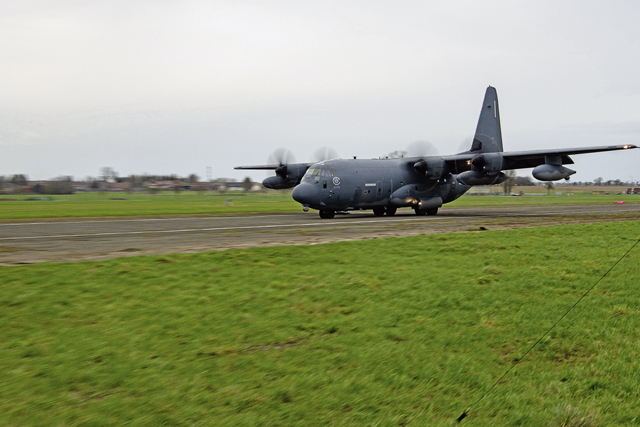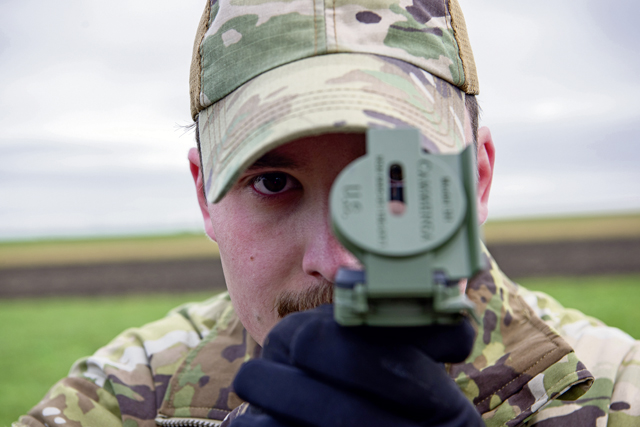
Imagine trading out a nice, cozy workspace with heating, air conditioning, a break room and even one of those comfy office chairs for a windy, rainy and cold environment. Oh yeah, take away daylight as well. For a few members of the airfield operations career fields, that’s exactly what they did.
A combined team of air traffic controllers, airfield operations officers, radar airfield weather systems technicians and airfield managers made the trip to Chièvres Air Base, Belgium, to earn their landing zone safety officer certification on Feb. 11-15.
“We are getting our AFSOC validation for landing zone operations in order for us to certify and award the special experience identifier,” said Senior Master Sgt. Bruce Zaragoza, 1st Combat Communications Squadron contingency airfield operations flight chief. “The course that we have is specifically tailored to contingency response of mobility units and airfield operations career fields.”
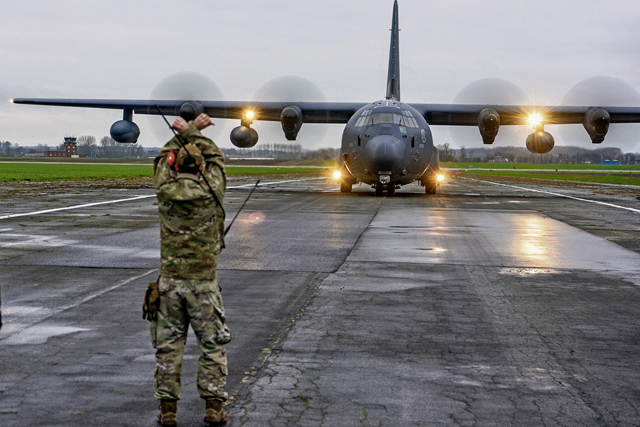
The SEI allows certified members to perform the LZSO function in all environments.
“As we continue to move forward in terms of agile combat employment and multi-capable Airmen, having individuals that have these special skillsets allows the theater commanders and combatant commanders to have the capabilities to move forward especially when we talk about possible austere operations in theater,” Zaragoza said. “It allows the flexibility for not only the mobility units but also the other units at main operation bases to participate in, or expand that capability.”
One does not simply get in contact with an aircraft and then tell it where to land. There is much more to it than that. Landing and launching aircraft is only a small portion of the course syllabus.
“During the first week of instruction, it’s four days straight of going over the basics of what it is to be an LZSO, the type of different criteria they will be looking for when evaluating surface conditions and aircraft characteristics. All the things that play into the function of what LZSO responsibilities are,” Zaragoza said. “As we transition through the second week, we are focusing more on operations. So, we are assessing an airfield, making sure everything on the survey is good to go and from that point we’re also working operations for the aircraft that we are going to be receiving.”
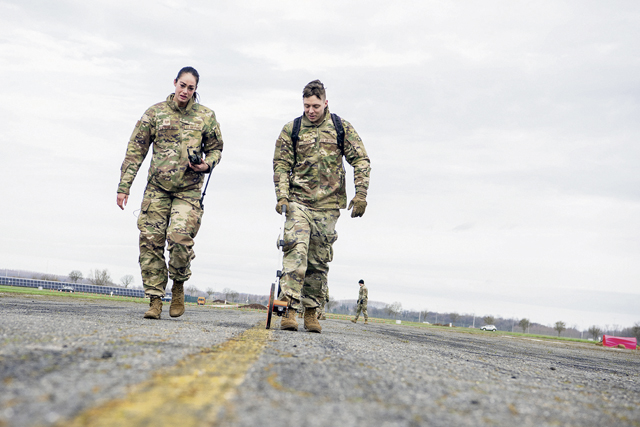
Using the crawl, walk, run method, the students transition to an austere location to experience the scenario hands on.
“The next thing is setting up the LZ,” Zaragoza said. “In order for an aircraft to identify the landing zone and be able to land there they have to find it, so we set up airfield marking panels. We give them a target for a touchdown zone.”
Positive results of the training were noticeable after just a few days.
“We all came in day one and took a pretest to kind of see where our knowledge was at,” said Staff Sgt. Hunter Rhoden, 86th Operations Support Squadron watch supervisor. “To see how much the class has grown as a whole is insane. We came in literally knowing nothing about setting up LZs and now we can come out here by ourselves and do everything.”
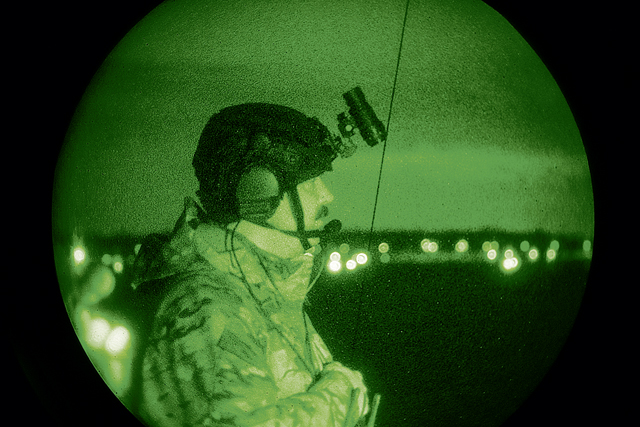
The students took turns communicating with the aircraft and local air traffic control tower, successfully landing and departing the aircraft. This course gives opportunities for students to work outside of their comfort zone as well as giving the pilots opportunities to meet some of their training requirements.
“I’m a tower-only air traffic controller. I usually sit in a climate-controlled glass bubble and clear planes for takeoff and clear them for landing. This is a lot different,” Rhoden said. “You come out here with just your equipment and set up. You’re out in the elements.”
Aside from the experience of controlling aircraft in unfavorable conditions, the benefits of this course carry a lot of weight for the United States Air Forces in Europe.
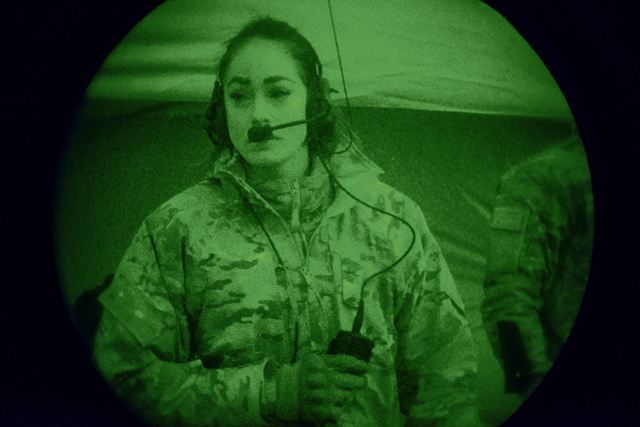
“LZs are important because it’s the future of warfare,” Rhoden said. “We aren’t always going to have a perfect airfield to land on so we might have to go somewhere an airfield isn’t set up to land aircraft, to get people in and out. So it’s very advantageous for us to have this capability in the air force.”
Developing teamwork and communication skills plays a vital role in the course. Operations in austere locations, with degraded capabilities will present great challenges which will only be overcome by using these skills.
“I’ve taken a lot of things out of this class and teamwork is a huge one,” Rhoden said. “Teamwork in any environment is huge. Being out here with a small group of people we have to communicate very well, so a lot of communication skills have been gained from this.”
